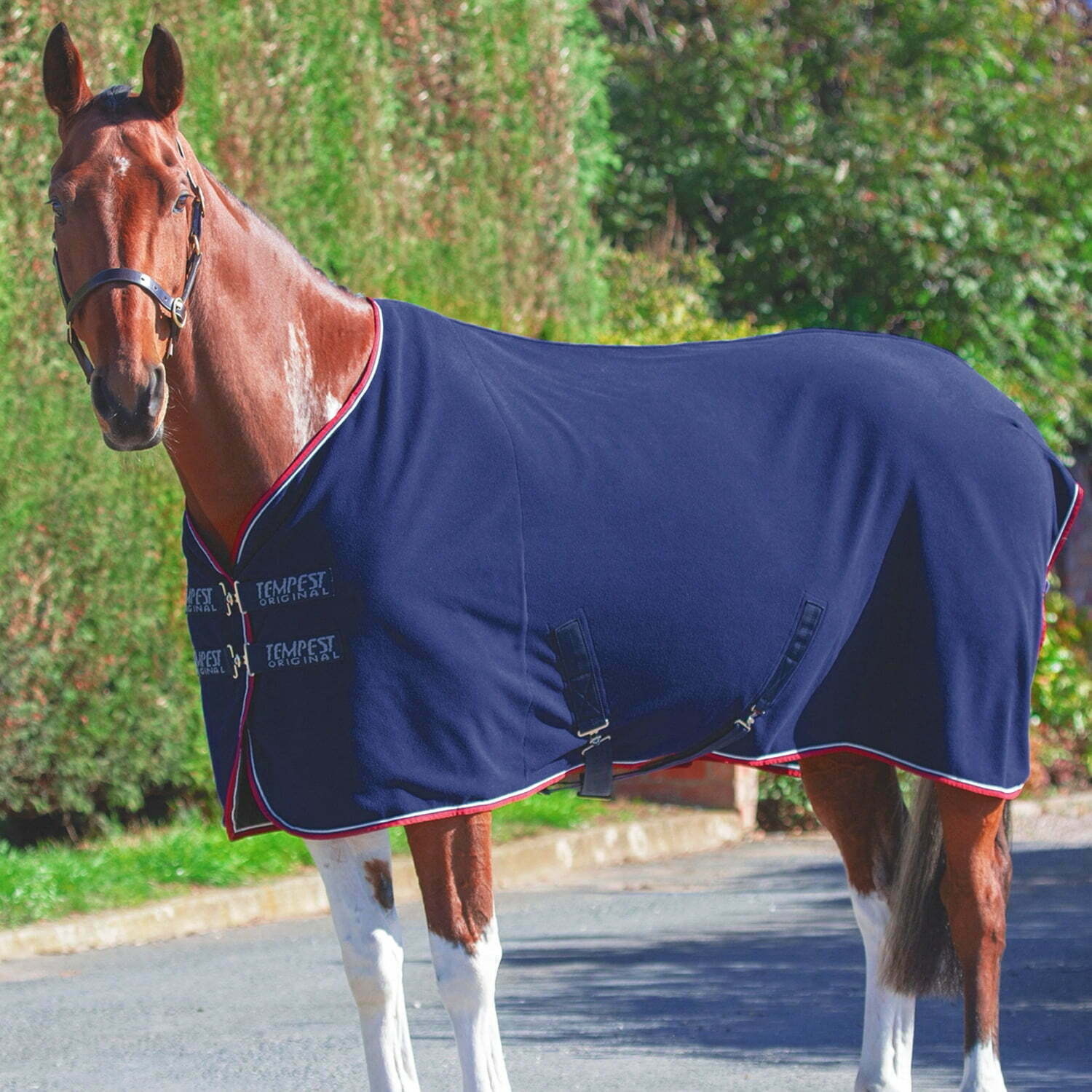Navigating the Seasons: A Guide to Seasonally Blanketing Your Horse
- Posted on
- By Lydia Harouna
- Posted in Anytime Tack, Blanketing, Horse
- 0

This guide explores the considerations and benefits of seasonally blanketing horses, emphasizing factors such as individual needs, temperature thresholds, coat management, versatile blanket types, and the importance of monitoring and adjusting. It also discusses the option of a no-blanket approach, highlighting the need for careful consideration based on individual horse needs and local climate conditions. Overall, the guide promotes a thoughtful approach to ensure the well-being of horses throughout changing seasons.
As horse owners, one of the crucial decisions we face is whether to blanket our equine companions during different seasons. While horses have evolved to withstand various weather conditions, our care plays a pivotal role in ensuring their comfort and well-being. Let's delve into the considerations and benefits of seasonally blanketing your horse.
1. Understanding Your Horse's Needs:
Horses, like humans, have individual preferences and tolerances to weather. Consider your horse's age, health, and coat condition. Older horses or those with certain health issues may benefit from additional warmth during colder months, while a healthy, well-conditioned horse might require minimal blanketing.
2. Temperature Thresholds:
One key factor in deciding when to blanket is the temperature. Monitor weather forecasts and be aware of your horse's comfort range. Blanketing during extreme cold or wet conditions helps retain body heat, preventing unnecessary stress and potential health issues.
3. Coat Management:
The natural coat of a horse is a remarkable insulator. However, domestication and varying workloads can impact coat growth. Adjust your blanketing strategy based on your horse's individual coat characteristics. Regular grooming to remove dirt and loose hair also promotes a healthy coat.
4. Versatility in Blanket Types:
Investing in a variety of blanket weights allows for flexibility. Heavyweight blankets offer maximum warmth in freezing temperatures, while lightweight options provide protection without overheating during milder weather. A waterproof blanket is essential for wet conditions, safeguarding your horse from chilling rain or snow.
5. Monitoring and Adjusting:
Regularly assess your horse's body condition and behavior to ensure the chosen blanket meets its needs. Adjusting the type or weight of the blanket based on weather fluctuations is crucial. Remember, a comfortable horse is likely to be a healthier and happier horse.
6. The No-Blanket Approach:
Some horse owners opt for a no-blanket approach, allowing their horses to adapt naturally to seasonal changes. While this works for certain situations, careful consideration must be given to individual horse needs and local climate conditions.
Conclusion:
Seasonally blanketing your horse is a balancing act that requires a keen understanding of your horse's unique characteristics and the environmental factors at play. By being attentive to their needs and employing a thoughtful blanketing strategy, you contribute to their overall well-being and ensure a harmonious partnership between you and your equine friend.

Comments
Be the first to comment...